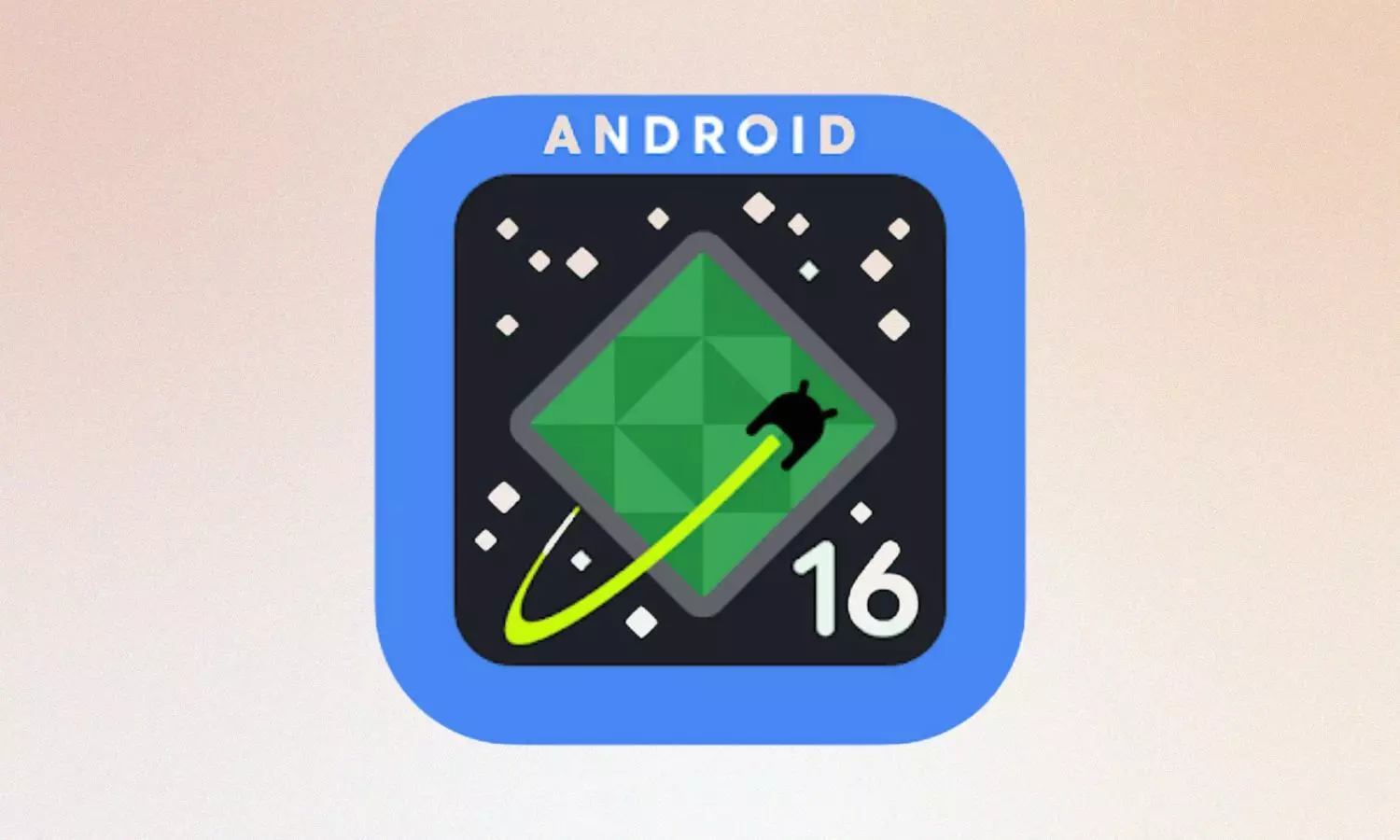Android 16 QPR2 Leak Shows Search Bar Change Users Didn’t Expect
Android 16 QPR2 brings an unexpected Search widget color shift, bigger icons, and stronger contrast. Early testers report a surprising visual change.
image for illustrative purpose

The upcoming quarterly update of iGoogle for Android 16 will be more than just a simple system polishing. The early test versions of QPR2 are already pointing towards significant changes in the home screen Search widget, which indicates that Google may be planning a more extensive refresh of the dynamic color behavior and targets over the interface.
The groups responsible for monitoring the development of Android 16 are reporting that QPR2 brings in more notable differences in the Search widget’s background and slightly larger action buttons. Therefore, the widget is now operating with the wallpaper warmer and cooler tones more accurately, thus the transition between light and dark shades is more evident than before.
In the dark mode, the padding surrounding the active field is color dimmed to highlight it. In the light mode, this padding gets intensified, thus pushing the Search bar in the front of the visual display. This pattern gives the widget an unambiguous boundary irrespective of the background art.
The icons for voice input, Google Lens and AI have grown a little bit in size too. The increase is minor but at the same time the testers have observed less missed taps and faster recognition while navigating across the screen.
Reports from third-party testing circles were confirmed later by 9to5Google publications through comparison which established that color mapping is still a work in progress. Some color combinations still appear odd which is something expected while Google fine-tunes the palette before wider distribution.
The changes of higher contrast and slightly larger targets are basic modifications that provide an upgrade in functionality. Accessibility standards suggest minimal contrast ratios for interactive components and Google’s Material Design also adheres to these standards. Making the icons more visible and reachable minimizes mistakes, especially with large phones where the thumb often reaches out to the corners.
Fitts’s Law — which states that the larger the target, the faster the interaction — is the ground for these modifications. Even slight increments in icon size and better division between the background and action field can eventually result in lesser tap duration.
The users of dark theme will gain the most in this scenario. The passive outer ring coupled with a more engaged inner field subtly directs the thumb without visual cues.
The QPR2 update arrives amidst Google's gradual transformation of Material You. The introduction of dynamic color has been a major characteristic of Android since version 12, which enabled system components to take colors from wallpapers. Google with QPR2 appears to not only be selecting shades but also controlling their application to interactive areas by strength.
These improvements may also aid the developers of third-party widgets. Technologies like Jetpack Glance and Material 3 now have dynamic color support. The more consistent tonal rules may finally bring clearer targets for the developers, thus, widgets from weather apps to finance dashboards can be subjected to wallpaper color matching.
One of the areas to keep under observation would be Android's statement about the increase in the number of themed icon coverage. In case QPR2 includes forced icon theming and walks together with richer widget color mapping, then the home screens might not only feel more unified but would also have good enough contrast for reading. Icon identity under more intense tinting may require asset adjustments from the developers.
Since this is pre-release code, a few color palettes in QPR2 are not yet perfect in balancing light and dark extremes. Google is supposed to keep on fine-tuning the hue, chroma, and contrast targets as it changes more system elements to HCT-based color, which aims for the perceptually even gradients.
Developers who are testing the build should definitely verify contrast of the widgets with both light and dark themes and also check if touch targets are still in compliance with the Material Design minimum of 48 dp.
The very first and easiest difference for users to notice would be a Search widget that is very well pronounced on light wallpapers, gets toned down perfectly in dark mode, and has slightly larger and more precise tap areas.
With Android being installed on over 3 billion devices, even the slightest visual changes would have a huge impact. In case the color updates pass final inspection, QPR2 could, without any noise, change the perception about the way Android widgets manage to strike a balance among style, clarity, and function.

